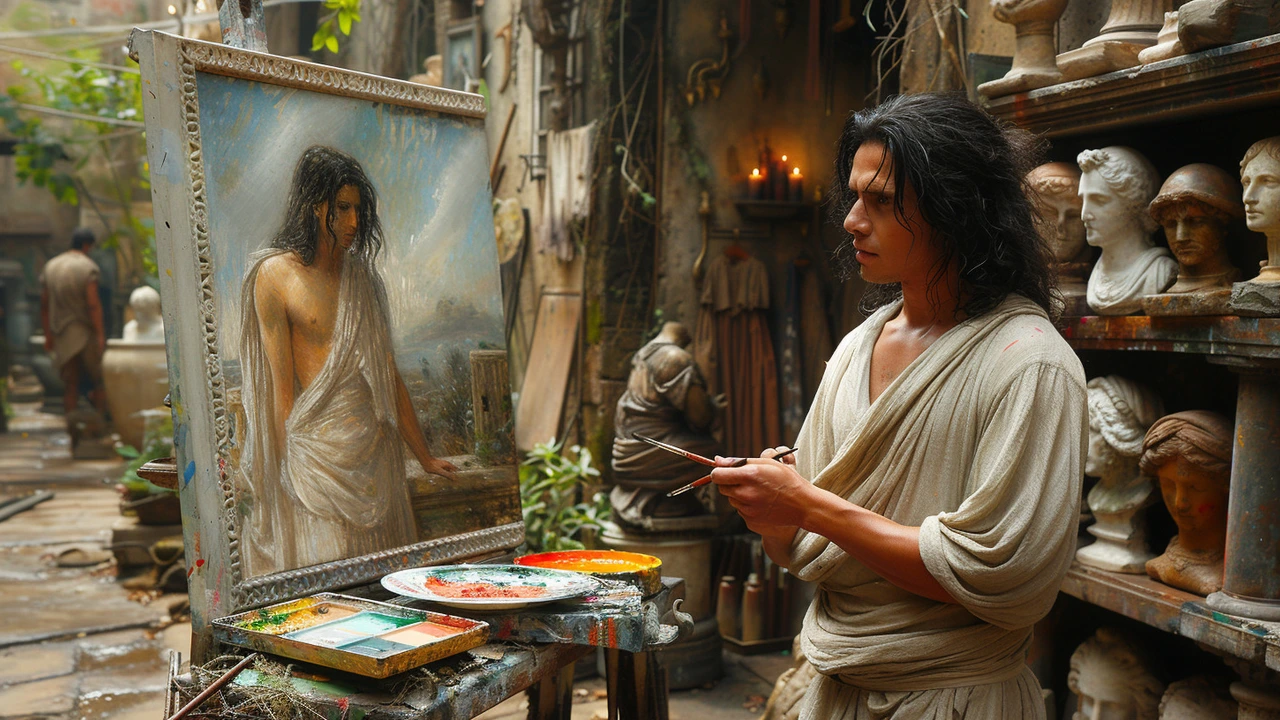Classical Traditions: How Old Master Techniques Shape Today’s Art
Want stronger light, clearer composition, or a more dramatic feel in your work? Start with one rule classical artists used for centuries: control the light. Study Caravaggio’s shadows, and you’ll see simple moves you can copy today—block in big dark shapes, then add a few bright highlights. That single habit can lift a painting, photo, or even a room design.
Why classical methods still matter
Classical traditions aren’t about copying old things. They’re a set of proven tools: composition, scale, contrast, and craft. Take Baroque drama—bold contrasts and movement. Designers borrow that energy now to make interiors or posters that grab attention. Or look at ukiyo-e woodblock prints: clear lines and bold patterns show up in tattoo art and contemporary graphics because they work visually at any size.
Even movements that feel modern—like Bauhaus or Constructivism—stand on classical ideas. Bauhaus simplified forms, but it still respected proportion and careful making, ideas that started long before the 20th century. Photorealism artists study old-master edges and color mixing to make paintings look like photos. That mix of old technique and new goals is what keeps classical traditions alive.
Quick ways to use classical traditions today
1) Focus on value first. Forget color for a bit and work in lights and darks. Photorealists and Baroque painters both do this—value defines form faster than color does.
2) Use a simple palette. Old masters often mixed a few reliable pigments to get rich tones. Limiting choices forces stronger color decisions and fewer muddy mixes.
3) Study composition rules, then break them. Learn the rule of thirds, pyramids, and leading lines used in Renaissance and Baroque work. Once you know them, twist them to surprise the viewer—this is how Cubists and modern designers found new directions.
4) Mix materials. Try combining a classic medium (oil or ink) with digital edits or a modern finish. Installation artists and land artists do this all the time—old craft, new scale.
Want ideas you can use right away? Recreate a small study from a Baroque painting to practice strong light. Try a one-hour monochrome sketch from a photo to train value. Or take a favorite ukiyo-e print and simplify it to three colors for a poster. Those short exercises teach technique faster than long theory lessons.
Classical traditions are tools, not rules. They give you clarity when your work feels fuzzy and depth when it looks flat. Use them to sharpen your eye, speed up your process, and create work that connects—whether you’re painting, designing a room, or building a digital piece.

